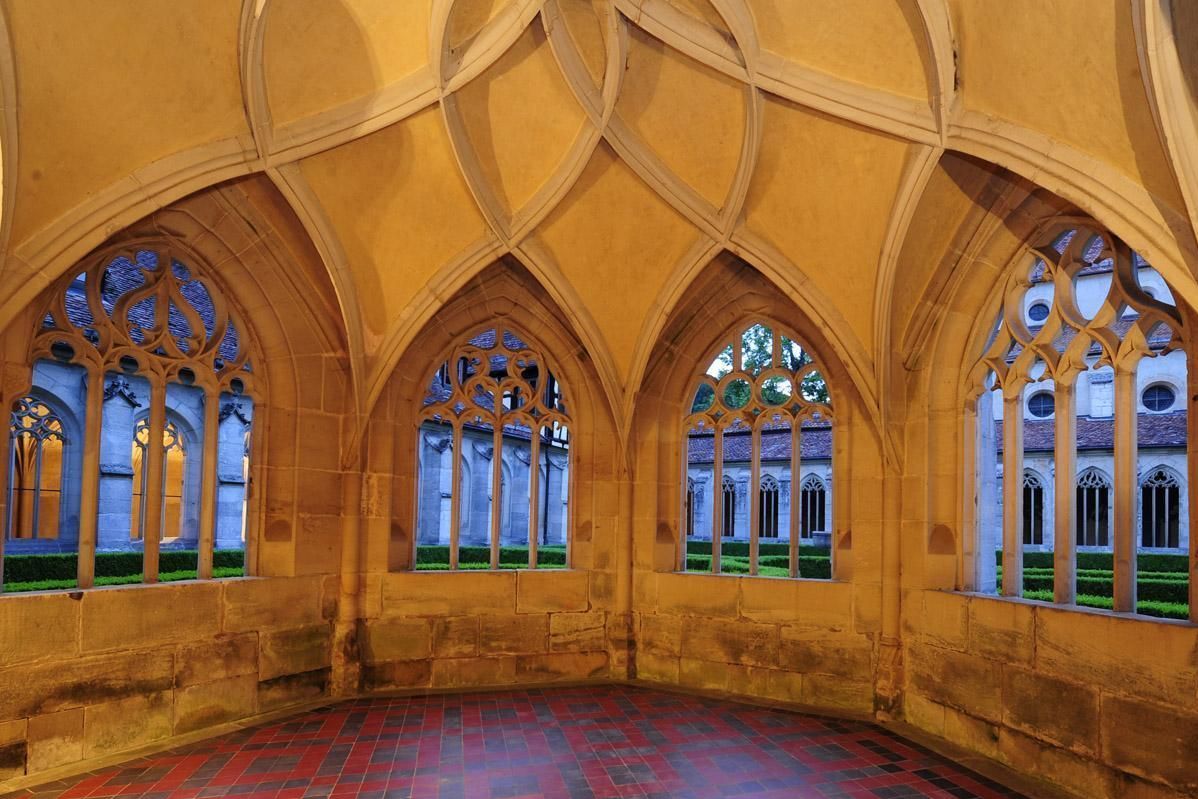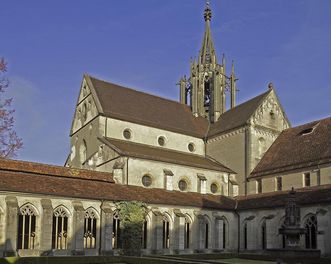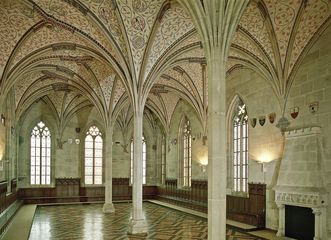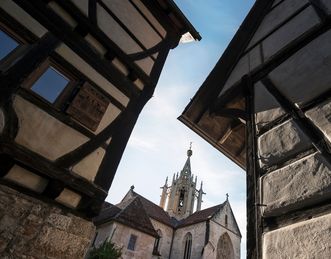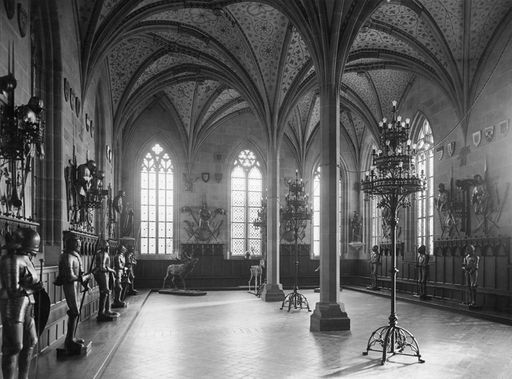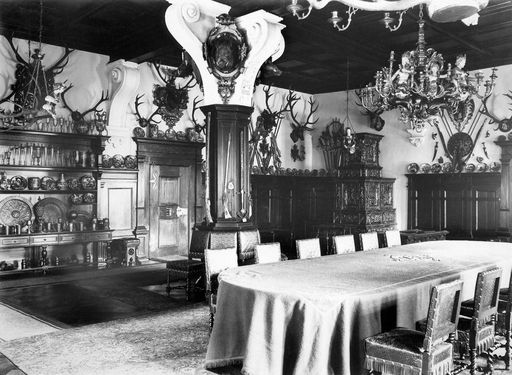Romanesque and the simplicity of the Cistercians
When the Cistercians took over Bebenhausen Abbey from the Premonstratensians in 1190, the foundations for the church and the most important buildings had been laid. What was created in the years around 1200 displayed strict simplicity in figurative decoration, as was typical for the architecture of the Cistercians. In the chapter house, parlatory, and Fraternal Hall, the first traces of the early Gothic Cistercian architecture from Burgundy and northern France can be clearly seen.



